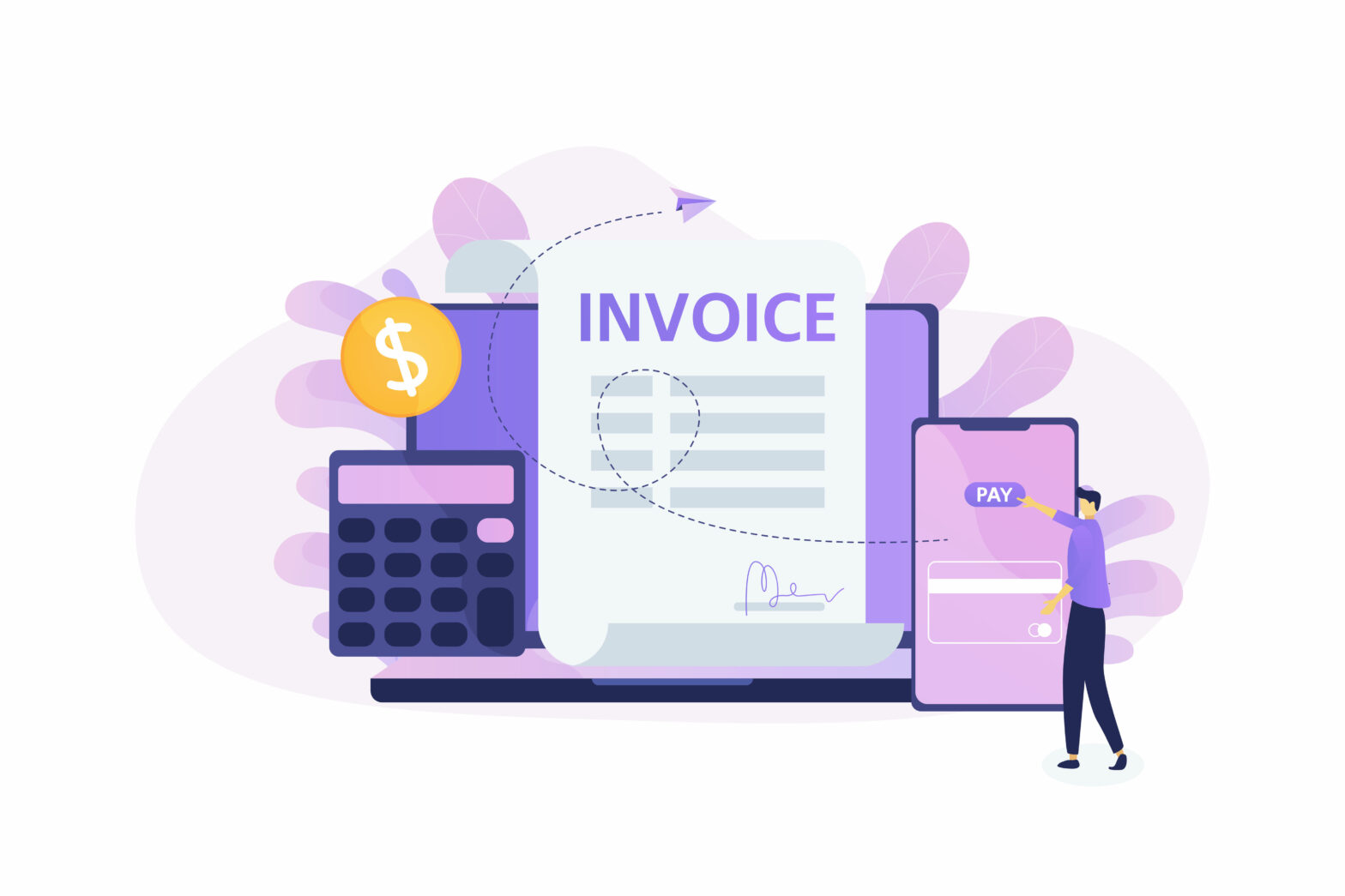The lack of liquidity available to SMEs to fund their operations is a well-documented problem. The knock-on impact of small businesses being unable to grow is considered a major factor holding back the global economy.
In the absence of adequate supply from traditional lending sources, invoice discounting is becoming an increasingly popular way for SMEs to improve their cash flow.
Encouragingly, a number of new invoice discounting models are emerging to facilitate this trend. However, as with any emerging and fast-evolving market, some models are more suited to SMEs’ needs than others.
Businesses should be careful to understand which options offer them the optimal combination of low-cost funding and maximum flexibility.
Access to liquidity is a serious problem for SMEs
Traditionally, banks have been the primary source of working capital funding for SMEs, either via loans or overdrafts.
While these options remain viable, it is well known that banks are increasingly unwilling or unable to lend to SMEs, as they look to rebuild capital bases and de-risk lending portfolios, in part driven by regulatory guidelines (eg Basel III, a global, voluntary regulatory framework on bank capital adequacy, stress testing and market liquidity risk).
It is estimated that bank lending to SMEs has fallen by up to 50 per cent in many European countries since 2008. This liquidity challenge facing SMEs is compounded by endemic late payment and ever-increasing payment terms.
Fortunately, innovative new lending models are springing up as alternatives to banks in response to this problem to provide new funding options to SMEs.
Funding Circle and On Deck are leading examples of this trend. Peer-to-peer lending services have already loaned billions of dollars to businesses, although often at rates above 10 per cent APR and sometimes as high as 50 per cent APR when fees are taken in account, although some, like Lending Club, offer more competitive rates.
According to a recent article in the Financial Times: ‘Lending Club is at the forefront of a new breed of lenders which say they can supply loans for less, by cutting out the cost of branches and avoiding reserve requirements, while providing consumers with a quicker, less paper-intensive process’.
These alternative lending models are not, therefore, helping to solve the liquidity problem as efficiently as they could and their volumes remain relatively insignificant in the grand scheme of the huge liquidity problem facing SMEs.
This may change, but the truth is they do not yet fill the lending gap left by banks.
Invoice financing – the options
Given the difficulties in accessing new debt, SMEs are also embracing the idea of monetising non-due invoices to provide them with liquidity.
The principle underpinning this is that suppliers discount their original invoice value in return for immediate payment, and many different mechanisms have been developed to facilitate this transaction.
Supply chain financing (SCF), where a bank advances cash to a supplier as soon as the buyer approves the supplier’s invoices, and factoring, where a third party purchases the invoices, has existed for years.
While these models can work well for some companies, for others they are not suitable. For example, SCF is rarely an option for small and mid-sized suppliers, as banks generally restrict this service to larger companies due to the logistical challenge of registering and administering a large volume of small suppliers.
Typically, this method of funding fails to cascade deeper into the supply chain to benefit the businesses who are hurting most from lack of access to liquidity.
Factoring is more widely available to smaller businesses because it does not rely on an SME’s buyer signing up to an SCF programme with a bank, and factoring companies offer this service to businesses of all sizes.
However, it comes with its own challenges and is not a silver bullet to SMEs’ problems. Some businesses will not be allowed to sell their invoices to a factor due to the terms of previous loans (debentures) and a significant amount of administration is generally required to set up this service, meaning potential delays in accessing cash when businesses need it most.
SMEs should also be very careful to make sure they understand the full cost of factoring and include any fees in their calculations.
Once fees are taken into account, factoring APRs are almost always double digit, and often much higher.
Invoice dynamic discounting – a more promising approach
There is a far newer and more promising invoice-monetising model that offers early payment to SMEs, namely ‘dynamic discounting.’
Currently a significant growth area in which multiple platforms are emerging, dynamic discounting allows a buyer and supplier to establish an early payment date without changing the agreed upon payment terms, with the discount amount being calculated ‘dynamically’ based on the number of days left until an invoice is due.
This again can be an effective source of funding for SMEs but, in truth, the term ‘dynamic’ is a misnomer.
In fact, terms offered to suppliers are based on a ‘static’ APR, as defined by the buyer, which the SME merely has the option to take or leave. As a result, the underlying problem with these so-called ‘dynamic’ discounting models is that the supplier has little control over the cost of this funding source.
A more effective concept that solves this problem is a true dynamic discounting platform that provides a working capital marketplace, giving suppliers control over the rate they are willing to discount their invoices in exchange for early payment.
Typically, using such a marketplace solution means an average APR of under 6 per cent; an extremely attractive rate to most businesses.
This concept of truly ‘dynamic’ discounting puts the supplier in control and provides them with a cheaper source of liquidity, as and when it is needed.
This leads to higher supplier uptake and therefore more long-term income potential for buying organisations, by providing valuable liquidity to more SMEs.
Invoice discounting can free SMEs from traditional, more expensive forms of borrowing or invoice financing, helping end the liquidity challenges that so often put the brakes on small businesses’ growth plans.
Created as a viable liquidity source for suppliers of all sizes, dynamic discounting provides a much needed – and increasingly popular – alternative source of financing. Companies in the US and the UK are already accelerating billions of pounds worth of invoices per month via dynamic discounting, in order to improve cash flow.
The more innovative, marketplace-based approach to dynamic discounting gives SMEs the optimal combination of low-cost funding and maximum flexibility to accelerate payments on terms of their own choosing.





